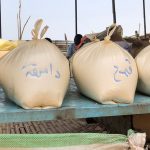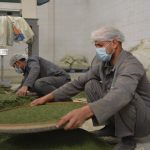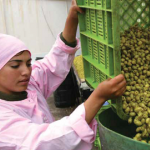This paper evaluates spatial market integration in cereal markets in Sudan, focusing on wheat and sorghum, two major cereal crops. Sudan’s context provides important insights on the functioning of markets in economies marred by sanctions, conflicts, soaring inflation, and macroeconomic imbalances. We use long-ranging monthly cereal price data and a vector of error-correction cointegration model (VECM) to characterize both short-term and long-term spatial price adjustment across cereal markets
Smallholder and agrifood SME resilience to shocks
Pandemic impacts on supply chains have differed by type of product. Mechanized production of [...]
Who gains from an increasingly industrialized food system?
Rob Vos, IFPRI
Food supply systems have changed dramatically over the past half century, with enormous advancements in distribution systems, processing technologies, and delivery of services. As systems once based entirely on agriculture become steadily more industrialized, diets have changed. People are eating more and more processed foods and are more likely to use food services outside of their homes. This is increasingly the case in developing countries. These trends are responses to changing food demand and also drivers of that demand, including the rise of a global middle class and rapid urbanization.
Report: Agriculture and Economic Transformation in the Middle East and North Africa: A review of the past with lessons for the future
Alejandro Nin Pratt, Hoda El-Enbaby, Jose Luis Figueroa, Hagar Eldidi, and Clemens Breisinger
The agriculture sector is key for economic and social development, but the sector’s potential has not received enough attention from policy makers and stakeholders in the Middle East and North Africa (MENA) region. Political transitions, instability, and the resulting refugee crisis have shifted focus away from other pressing development challenges, including slow progress in economic diversification, high unemployment, and persistent high food insecurity and rural poverty.




